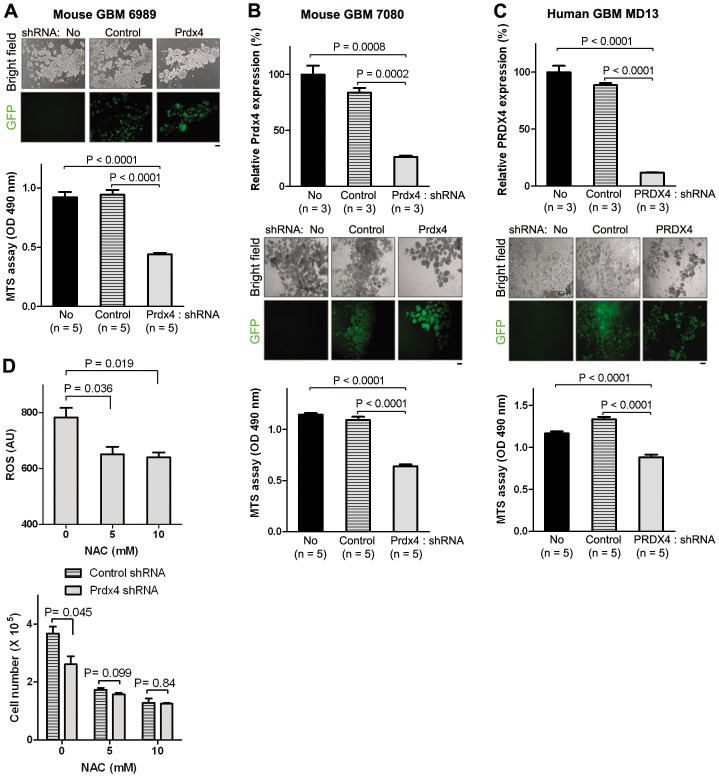Figure 4. PRDX4 knock-down by shRNA decreases cancer cell growth in both mouse and human GBM neurospheres.
A, Top: representative mouse GBM neurosphere cells (ID: Ms6989) on assay plates were visualized under bright and fluorescent fields. GFP signals indicate doxycycline-induced shRNA expression. Scale bar = 100 µm. Bottom: representative MTS assay data compare growth of the mouse GBM neurospheres in the shRNA groups three days after doxycycline treatment. B and C, Top: representative qRT-PCR data show relative PRDX4 expression after shRNA expression in a mouse (ID: Ms7080, B) and a human (ID: HuMD13, C) GBM neurosphere cultures. The assays were performed three and six days after doxycycline treatment for mouse and human GBM cultures, respectively. Middle: Representative GBM neurosphere cells on assay plates were visualized under bright and fluorescent fields. GFP signals indicate doxycycline-induced shRNA expression. Scale bar = 100 µm. Bottom: representative MTS assay data show growth of GBM neurosphere cultures three and six days after doxycycline treatment for mouse and human GBM cultures, respectively. D, Top: FACS analysis data after incubation with ROS-sensitive chloromethyl-H2 DCFDA compare ROS levels in a mouse GBM neurosphere culture (ID: Ms7080) transduced with lentivirus expressing Prdx4 shRNA three days after seeding and treatment with doxycycline and an antioxidant NAC. Bottom: cell counting data from Vi-cell viability analyzer display growth of the GBM neurosphere culture three days after seeding and treatment with doxycycline and an antioxidant NAC.

